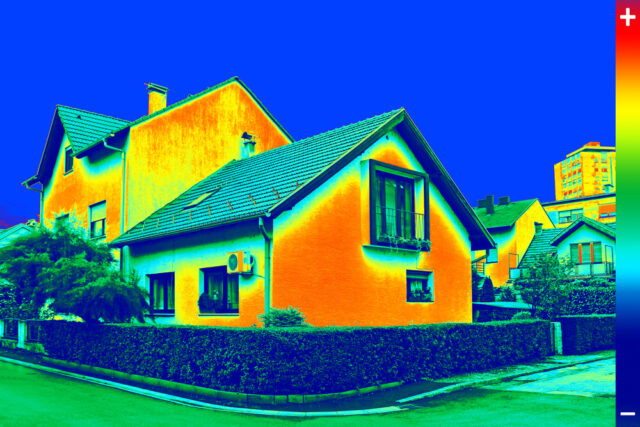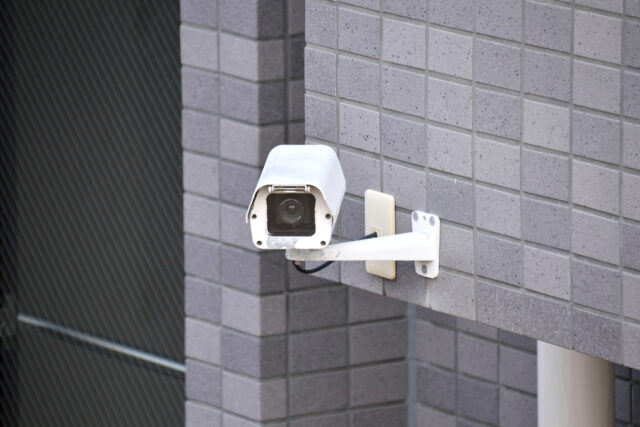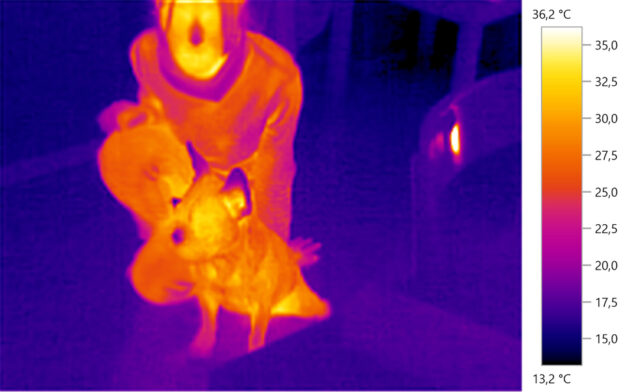
Outdoor protection with thermal imaging cameras. 6 rules of choice
Outdoor protection with thermal imaging cameras. 6 rules of choice
According to Mordor Intelligence research, the market for thermal imaging systems is expected to grow about 7.78-8.0% between 2019 and 2024. At the same time, the “security” and “video surveillance” segments will make up a significant share of the market. Today we will talk about outdoor objects protection with thermal imaging cameras. I’ll tell you about the six paramount rules of equipment selection.
Objects surveillance features
Visual control of the object and the situations around it outside the premises has several features that are associated with various factors:
- the size of the surveillance facility;
- the appearance of open areas;
- the presence/lack of lighting;
- changing weather conditions.
Surveillance objects
Depending on the circumstances, the objects of surveillance may be:
- buildings, structures;
- vehicles and their number plates;
- people, the groups of people.
Most often, the external CCTV camera is used at objects such as:
- private houses and commercial buildings;
- parking lots;
- gas stations;
- industrial and warehouse areas;
- children’s educational organizations;
- passenger traffic points (stations, airports).
Read about the pros and cons of video surveillance in public places here.
Outdoor video surveillance purposes
Outdoor video surveillance has the following objectives:
- Ensuring the physical safety of facilities and people.
- Improving service and customer service.
- Identification of objects.
- Events record, including criminal activity cases (vandalism, theft, embezzlement of other people’s property).
- Investigation and resolution of disputes and conflicts.
Benefits of thermal imaging cameras
Not all types of CCTV cameras (even designed for street control) can provide a constantly clear image, the stable temperature inside the device, resistance to moisture penetration and mechanical damage.
The main advantages of thermal imaging cameras are:
- All-weather usage.
- No need for lighting sources.
- A high percentage of accuracy of measurements.
- Protection from light.
- Contact-free measurements.
- Large open areas cover.
- Minimum false alarms.
- Secrecy and legality.
Details are in the publication “Top 8 undeniable advantages of thermal imaging systems.“
6 rules for choosing thermal imaging equipment
In addition to the standard tips for choosing equipment (quality, presence of positive feedback of users and experts, compliance with the goals and objectives of surveillance), I want to share six important points, namely:
- range choice
- pan and tilt option
- image stabilisation
- integrated image processing
- distinguishing people from outside factors;
- built-in analytics.
Right range choice
The performance of thermal imaging equipment is determined by the ability to work at long distances (range and coverage) and the ability to identify targets (human size) at a distance of 600 m. As a result, one thermal imaging camera should replace several traditional CCTV cameras.
Pan and tilt option
As part of the external security, you need to have panning and tilt camera options. It allows covering the broadest possible range.
Manual control is not welcome. It is best to entrust the problem solution to automated thermal imaging cameras: turning and approaching real-time functions allow the operator to define the situation accurately.
Image stabilization
The main problem of street cameras and thermal imaging cameras is weather conditions that cause a device’s vibration (for example, strong wind). Because vibrations reduce the image quality, it negates the overall performance of the camera and the object’s safety.
The image stabilisation feature solves this problem and guarantees suitable for analytics video footage.
Integrated image processing
The classic approach to processing video footage from thermal cameras is based on video compression. The consequence is a sharp decrease in the amount of information.
If you need video detail, then opt for thermal imaging cameras with powerful processors. They can process the original images as they capture. Accordingly, a detailed analysis of the data is possible, even if it is obtained within adverse atmospheric conditions.
Distinguishing people from outside factors
The thermal imaging IP camera should quickly identify movement, differentiating the person from foreign factors.
In other words, a smart thermal imaging camera understands that not everything that moves deserves attention. The algorithm of distinction is usually based on the actual size of an adult in three dimensions. Using this information, the camera can ignore other moving objects (animals, moving trash) and identify intruders in large areas accurately.
Built-in analytics
For the user’s convenience, many thermal imaging camera manufacturers are implementing built-in analytical solutions. This approach facilitates the process of the manufacturer’s camera and other analytical software integration. However, this issue should be approached after the camera’s technical characteristics and the analytical solution review taking into account the observation’s objectives.
Conclusion
Not long ago, thermal imaging cameras were used not widely but exclusively. Many experts believed that they belonged to the so-called class “on their own”. Today it is in the past. Thermal imaging protects the physical safety of facilities and people and provides solutions to various problems in manufacturing, medicine, and trade.








